Marni S/S 2020 Milan Fashion Week Men's

Mood board: Creative Director Francesco Risso encourages poetic rebellion with his unflinching collections; his S/S 20 offering examines how disillusionment can become positive energy: ‘It’s not political to me, it’s more humanistic,’ he said. ‘It’s up to us to make a stand and that’s why I like this sort of initiation ritual.’ Guests stood under a blanket of single use plastic; the spliced soundtrack gave off the improv feeling of a world being reordered. Risso’s dress code was camouflage verses carnival. The clothes were clashed and jumbled. Military shapes smacked into tropicana, camo slashed into field jackets. Trousers were patchworked and buttoned, sleeves bunched up. Slippers were made from off-cuts left over from production. Painterly plastic bottles were rendered across the collection. ‘Even the prints reflect a nature, the nature that we live in today, a corrupted nature. I was thinking about the Fauvists and how they would paint incredible beauties but in a savage way.’
Team work: Georgian artist Shalva Nikvashvili – known for re-appropriating found objects and waste materials into masks – made a series of ‘wedding hats,’ stapling and gluing together pieces of cardboard, feathers and fur. Silver brooches were by Kazuma Nagai, whom Risso met on a trip to Japan. Originally from Kanagawa-ken, a coastal Prefecture just south of Tokyo, Nagai studied graphic design and taught himself metalwork. His pieces have a mystical style which manifests in cosmic fairy-like creatures. For Marni he has worked on a series of metamorphic animal pins; a monkey becomes a fish, or a daisy chain merges with a crocodile. ‘It’s about transforming what we have,’ Risso said. They’re clinging onto his clothes for dear life, whether by claw, paw or fin.
Scene setting: The guests all stood on red spots as the models walked though a channel of yellow ones, the portentous cloud of plastic hovering above: ‘I didn’t want to produce a set, this is us together, standing up shoulder to shoulder,’ Risso said. ‘This is the result of months of collecting plastic from many sources including waste and the ocean and the studio. Now this is going to be a process where this nightmare becomes an order in the second act.’ The bottles are going to be made into new objects, transformed by the German artist Judith Hopf. ‘I’m making the nightmare and she’s making the order.’
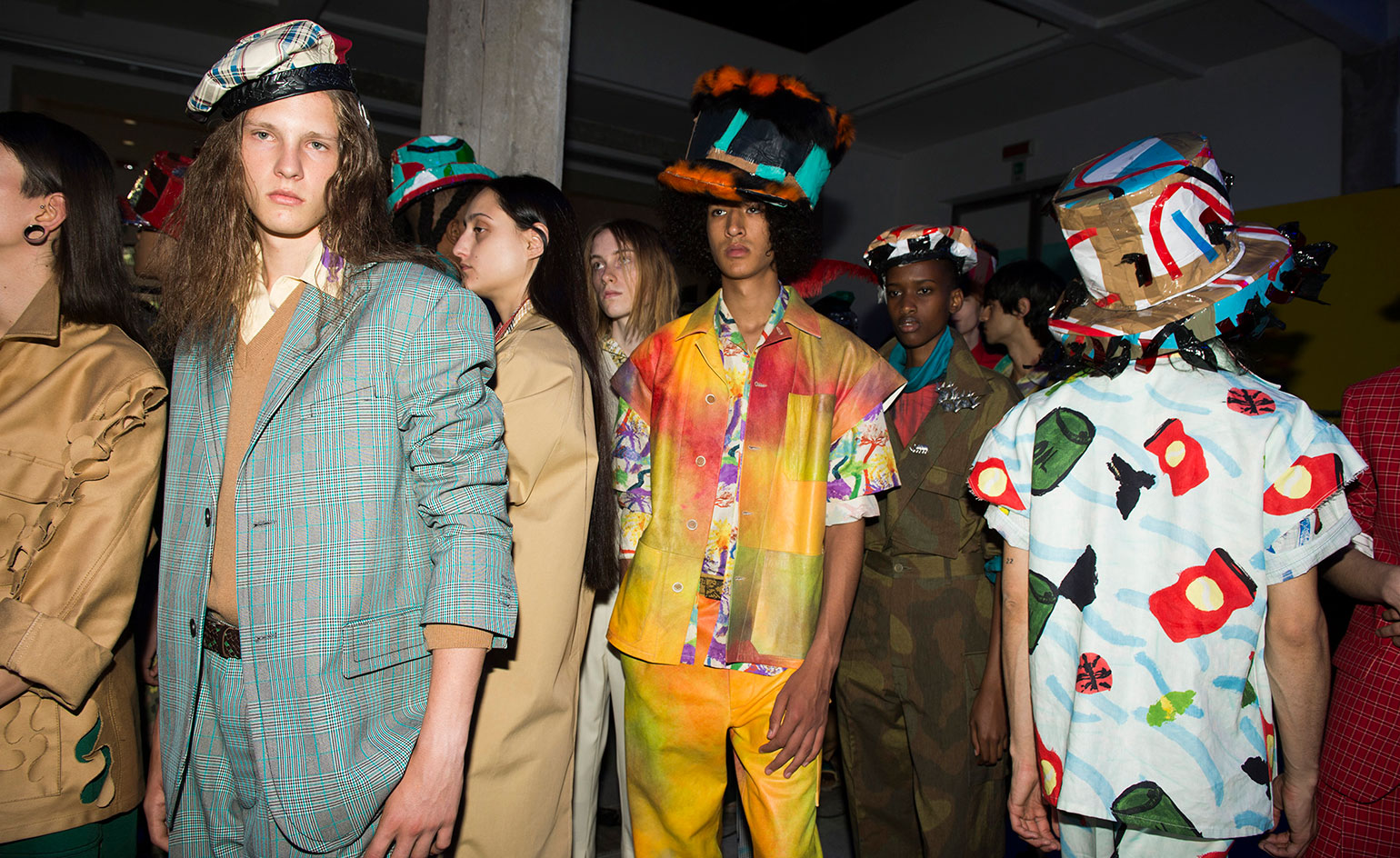
Marni S/S 2020. Photography: Jason Lloyd-Evans

Marni S/S 2020. Photography: Jason Lloyd-Evans
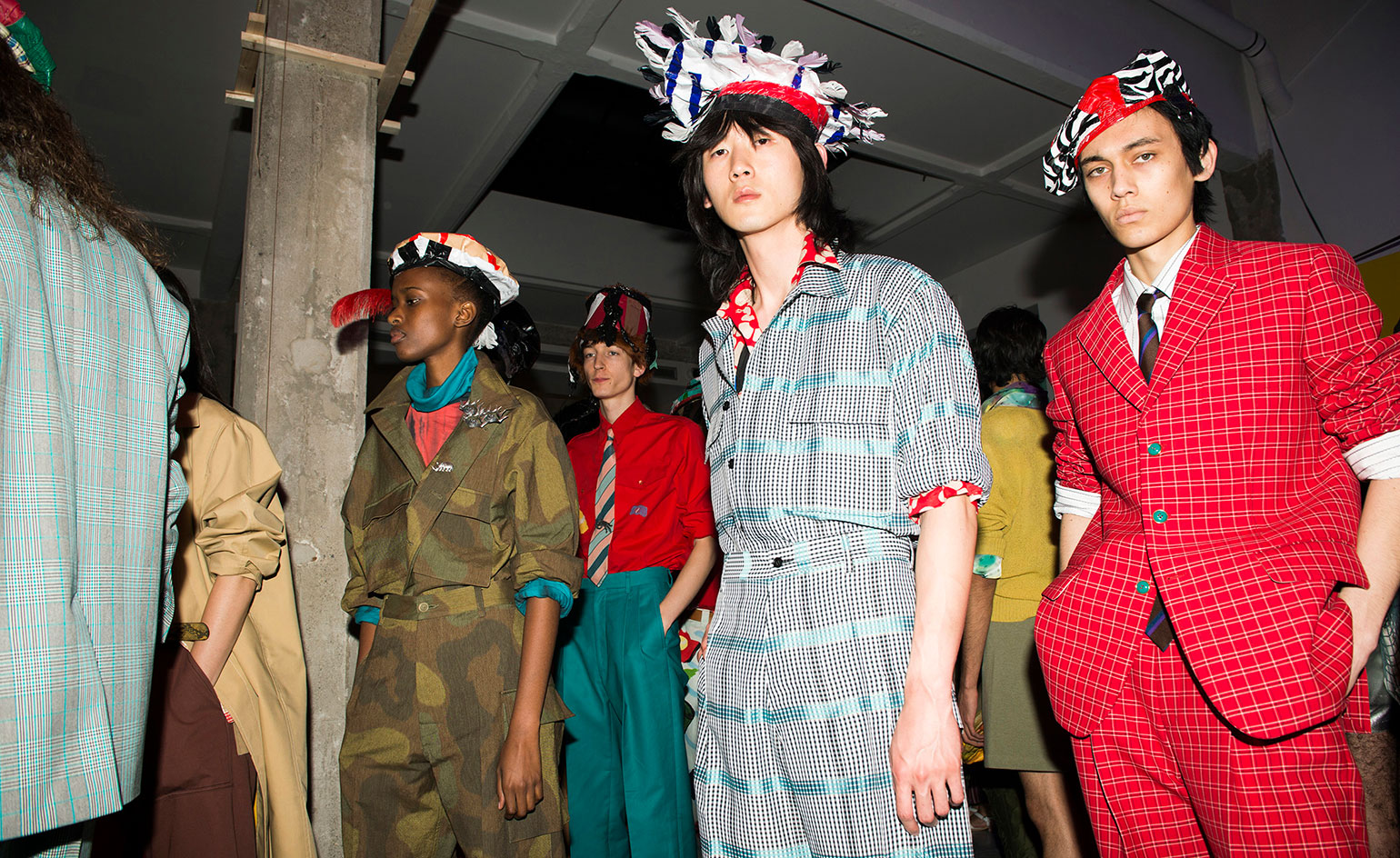
Marni S/S 2020. Photography: Jason Lloyd-Evans
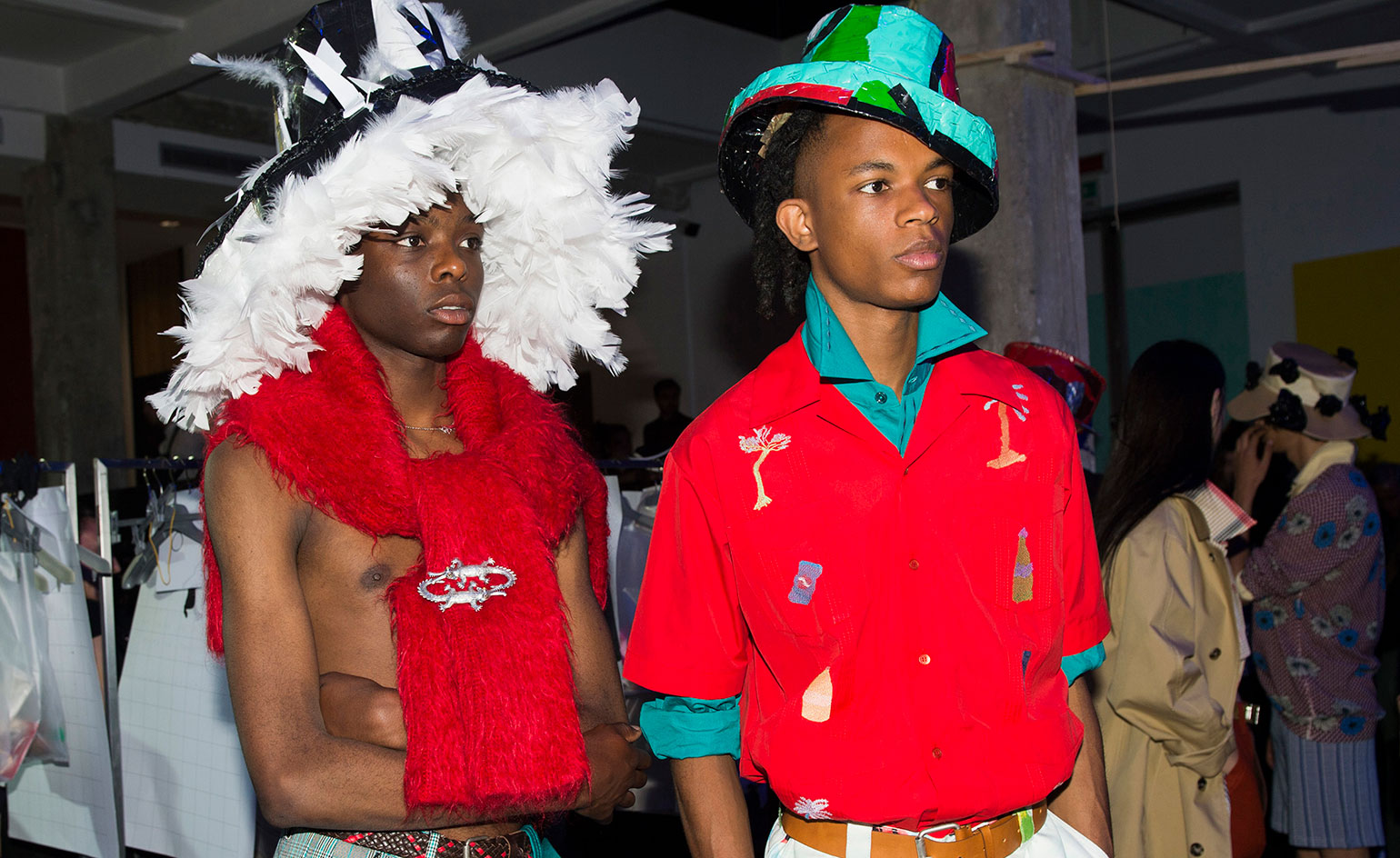
Marni S/S 2020. Photography: Jason Lloyd-Evans
Receive our daily digest of inspiration, escapism and design stories from around the world direct to your inbox.
London based writer Dal Chodha is editor-in-chief of Archivist Addendum — a publishing project that explores the gap between fashion editorial and academe. He writes for various international titles and journals on fashion, art and culture and is a contributing editor at Wallpaper*. Chodha has been working in academic institutions for more than a decade and is Stage 1 Leader of the BA Fashion Communication and Promotion course at Central Saint Martins. In 2020 he published his first book SHOW NOTES, an original hybrid of journalism, poetry and provocation.
-
 This cult Los Angeles pop-up restaurant now has a permanent address
This cult Los Angeles pop-up restaurant now has a permanent addressChef Brian Baik’s Corridor 109 makes its permanent debut in Melrose Hill. No surprise, it's now one of the hardest tables in town to book
-
 French bistro restaurant Maset channels the ease of the Mediterranean in London
French bistro restaurant Maset channels the ease of the Mediterranean in LondonThis Marylebone restaurant is shaped by the coastal flavours, materials and rhythms of southern France
-
 How ethical is Google Street View, asks Jon Rafman in Copenhagen
How ethical is Google Street View, asks Jon Rafman in CopenhagenIn 'Report a Concern - the Nine Eyes Archives' at Louisiana Museum of Art, Copenhagen, Jon Rafman considers technology's existential implications
-
 The story behind Gian Paolo Barbieri’s cinematic fashion photography, which helped define the 1990s
The story behind Gian Paolo Barbieri’s cinematic fashion photography, which helped define the 1990sA new Milan exhibition explores the legacy of Gian Paolo Barbieri, a photographer who would shape a vision of Italian style alongside collaborators Versace, Armani and Valentino
-
 The key takeaways from the S/S 2026 shows: freedom, colour and romance define fashion’s new chapter
The key takeaways from the S/S 2026 shows: freedom, colour and romance define fashion’s new chapterWe unpack the trends and takeaways from the S/S 2026 season, which saw fashion embrace a fresh start with free-spirited collections and a bold exploration of colour and form
-
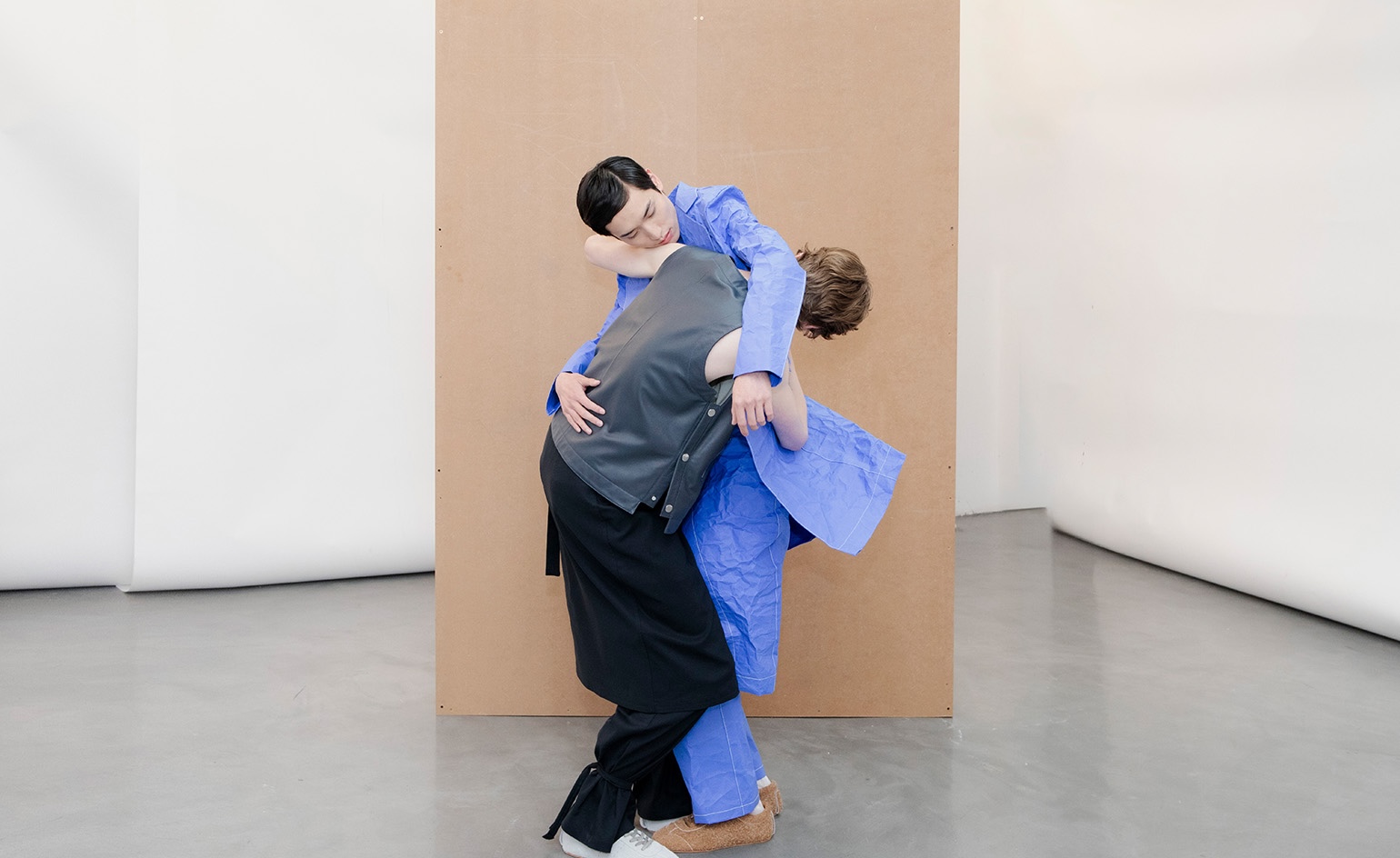 The independent designers you might have missed from fashion month S/S 2026
The independent designers you might have missed from fashion month S/S 2026Amid a tidal wave of big-house debuts, we take you through the independent displays that may have slipped through the cracks – from beautiful imagery to bookshop takeovers, museum displays and moves across the pond
-
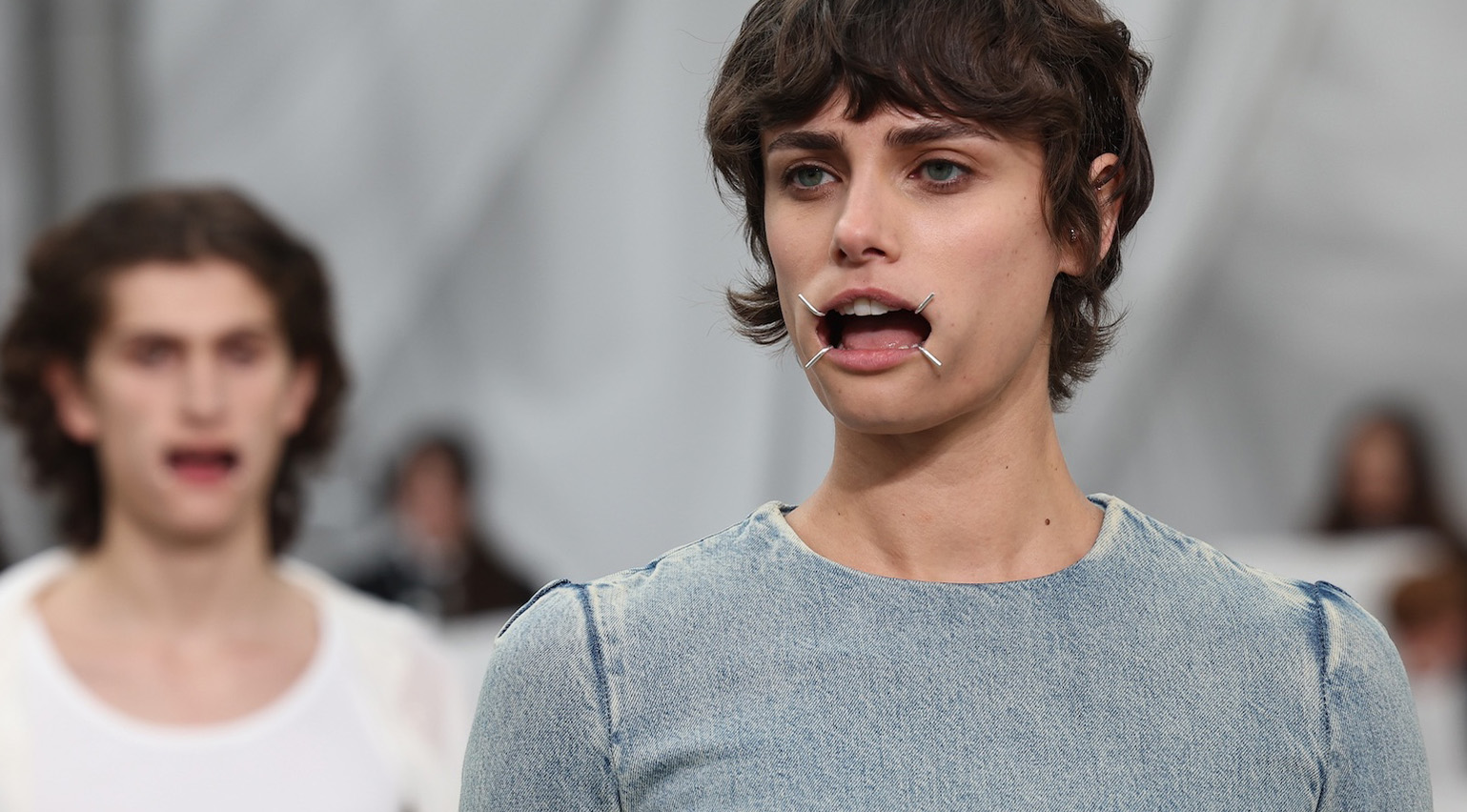 From wearable skincare to scented runways, unpacking the unconventional beauty moments of fashion month S/S 2026
From wearable skincare to scented runways, unpacking the unconventional beauty moments of fashion month S/S 2026The S/S 2026 season featured everything from probiotic-lined athleisure to fragranced runways – and those Maison Margiela mouthguards
-
 In Milan, the fashion world gathers to say goodbye to Giorgio Armani at his final show
In Milan, the fashion world gathers to say goodbye to Giorgio Armani at his final showOriginally planned to mark the 50th anniversary of Giorgio Armani’s eponymous house, Sunday evening’s runway show at Milan’s Pinacoteca di Brera would prove to be the last from the designer, who passed away earlier this month aged 91
-
 Dario Vitale makes sexually-charged debut for Versace, inspired by the ‘bold attitude’ of Gianni Versace
Dario Vitale makes sexually-charged debut for Versace, inspired by the ‘bold attitude’ of Gianni VersaceSucceeding Donatella Versace, the ex-Miu Miu design director is the first to helm the brand outside of the Versace family. His debut last night in Milan was staged within the opulent rooms of Pinacoteca Ambrosiana
-
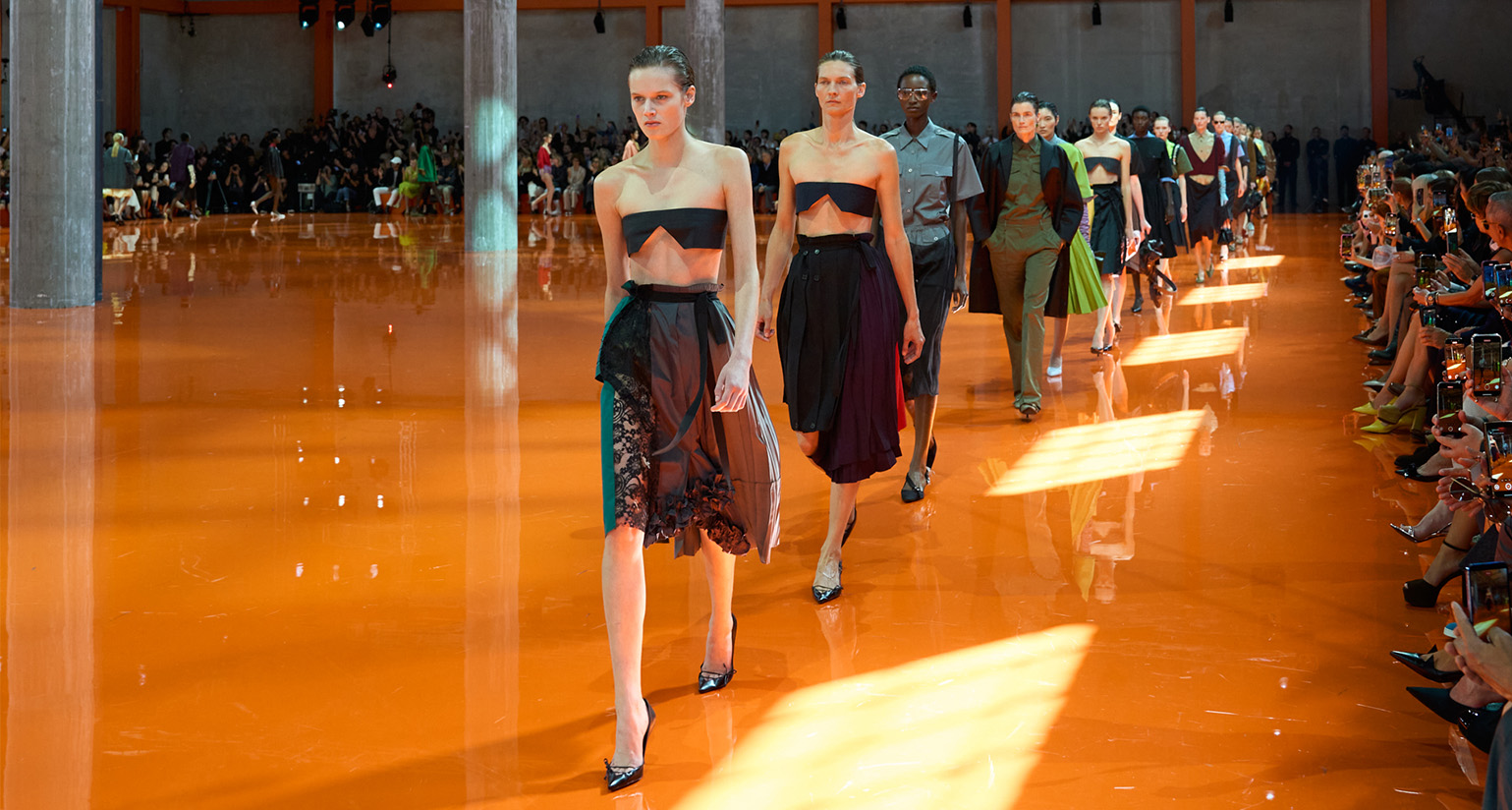 The standout shows of Milan Fashion Week S/S 2026
The standout shows of Milan Fashion Week S/S 2026This season in Milan, the city is enjoying a wave of creative director debuts, from Demna at Gucci to Louise Trotter at Bottega Veneta. Here are the Wallpaper* highlights so far
-
 Milan Fashion Week S/S 2026: live updates from the Wallpaper* team
Milan Fashion Week S/S 2026: live updates from the Wallpaper* teamFrom 23-29 September, Milan Fashion Week takes place in Italy’s fashion capital. Follow along for a first look at the shows, presentations and other style happenings, as seen by the Wallpaper* style editors